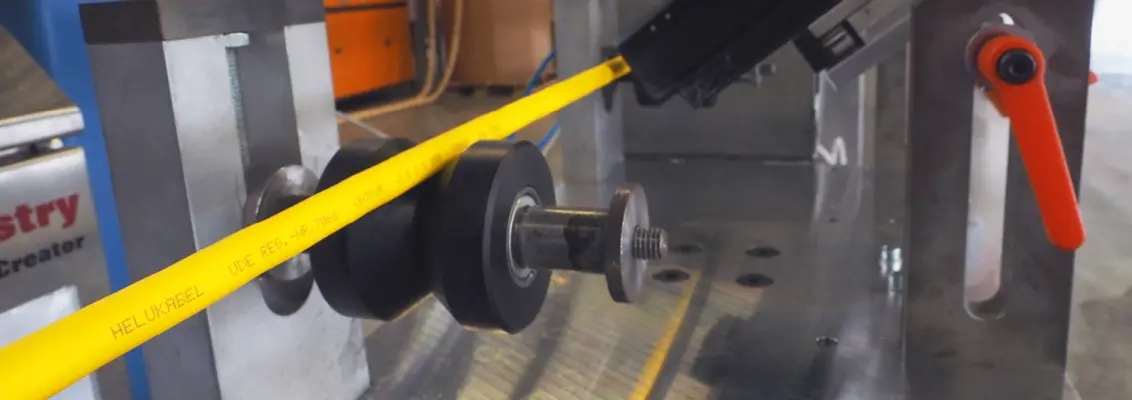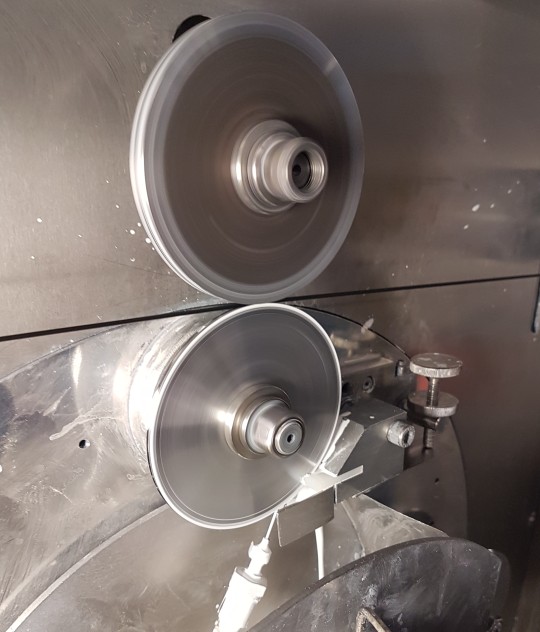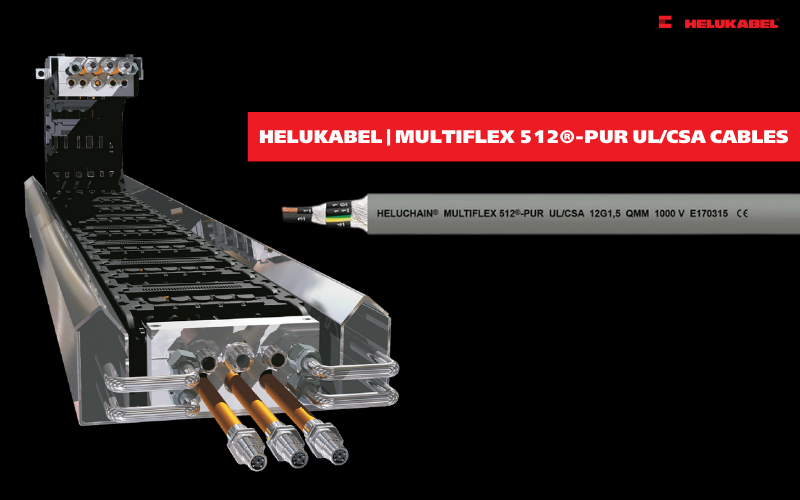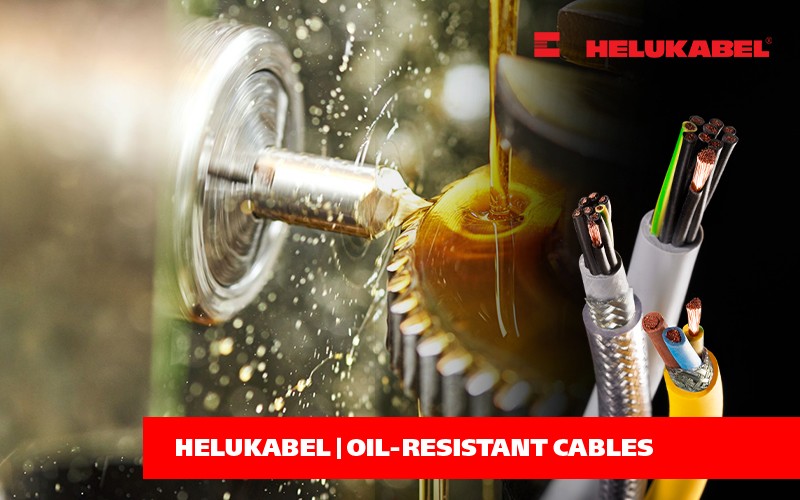How Cables Are Made - Step 7: Cable Marking
When producing cables and wires, every little detail counts. In the seventh and final part of our series, you will learn about the cable marking process.

Once the sheath is applied to the cable, there is only one small thing missing before it is ready to be shipped to the customer: the appropriate marking. Among other things, cable marking provides users with information about the manufacturer, cable type, and its intended use. Overall, it plays an important role in product allocation and traceability. For this reason, comprehensive marking is required by various national and international standards and laws - in Europe, for example, by the Construction Products Regulation (BauPVO) and DIN EN 60445 (VDE 0197):2018-02.
The latter has also set clearly defined requirements for the unambiguous legibility and durability of markings. Here, the printing technology plays an essential role: different sheathing materials from PVC to polyurethane require suitable inks for printing, which increase the ink adhesion to the cable. In addition, HELUKABEL uses two different printing processes to achieve the optimum result for every product and every application:
- With ink-jet printing, electrically charged ink particles are sprayed directly onto the cable surface in a contactless process. Its advantage is that the printed texts can be changed during production. However, this printing method can only be executed at low speeds.
- Rotogravure printing works through the use of a printing disc engraved with the text to be printed. Liquid ink is applied to the disc and settles in the engraving, any excess is removed with a scraper. The disc is then pressed against the cable, transferring the text to its surface. This process can be done at high speeds of up to 1,000 metres per minute – but a new printing disc must be procured every time the text is changed.
At the end of the marking process, all the information needed by the final user of the cable or wire is printed on the outer sheath: from order and article numbers to logos and QR codes to standards and certification bodies such as VDE or UL. Of course, the printed texts can also easily be customized.
>>See more: Sustainable wire making method

Ask the expert
Mr Bosch, what do the number and letter codes found on most cables and wires represent?
These are standardised cable designations that provide the user with a lot of information about the cable. This includes, for example, the nominal voltage, the insulation, the type of cable, the number of cores and the core cross-section. Standardisation makes it possible to determine all the important properties of a cable beyond doubt, regardless of the manufacturer.
Can you give us an example of how this works?
Let's take a cable with the code H 05 RN – F 3 G 1,5. This code is broken down as follows: H means it is a harmonised cable. 05 describes the rated voltage of 300/500 volts for which the cable is approved. The R stands for core insulation made of ethylene propylene rubber, the N for a sheath made of polychloroprene rubber – or an equivalent material in each case. Fine-stranded and flexible cables are marked with an F, 3 is the number of cores. The letter G indicates that the cable has a green-yellow protective conductor, and last but not least, we have the core cross-section of 1.5 square millimetres.
>>Find out more: Various type of cables and wires from HELUKABEL




